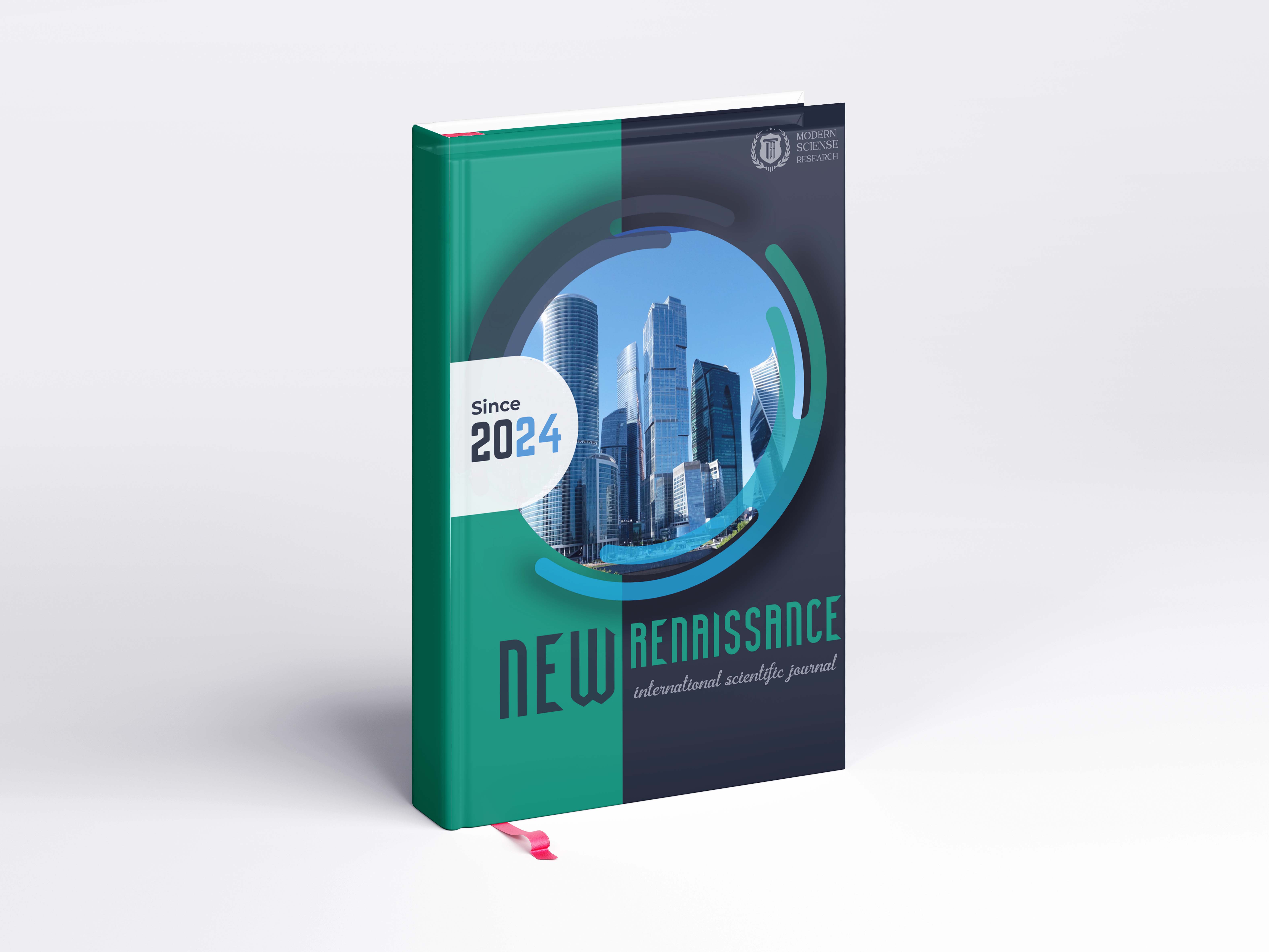Abstract
This article explores the linguistic and cultural manifestations of respect across different languages and sociocultural contexts. Drawing on comparative analysis from selected case studies, the research examines how verbal and non-verbal elements convey the concept of respect, considering grammatical, lexical, and pragmatic markers. The study highlights the roles of social hierarchy, age, gender, and communicative context in shaping respect-related language use. By investigating a variety of languages from different typological and cultural backgrounds, the paper reveals both universal tendencies and culture-specific strategies in expressing deference, politeness, and honorifics. The findings contribute to the broader understanding of intercultural communication, sociolinguistic norms, and the cognitive underpinnings of respectful discourse.
References
Brown, P., & Levinson, S. (1987). Politeness: Some universals in language usage. Cambridge: Cambridge University Press.
Eshghinejad, S., & Moini, M.R. (2016). Politeness Strategies Used in Text Messaging: Pragmatic Competence in an Asymmetrical Power Relation of Teacher–Student. SAGE Open, Jan–Mar 2016.
Formanovskaya, N.I. (1999). Rechevoy etiket i kultura obshcheniya. Moscow: Logos.
Holmes, J., & Meyerhoff, M. (2003). The Handbook of Language and Gender. Oxford: Blackwell.
Ide, S. (1989). Formal forms and discernment: Two neglected aspects of universals of linguistic politeness. Multilingua, 8(2/3), 223–248.
Matkarimova, A.I. (2021). “Hurmat” semantik maydonini ifodalovchi til vositalarining lingvopragmatik xususiyatlari. Andijon: ADU.
Mizutani, N., & Mizutani, O. (1987). How to be polite in Japanese. Tokyo: Japan Times.
Savoyskaya, N.P. (2005). Lingvokulturologicheskie osobennosti kontsepta "vezhlivost". Tyumen.
Ulambasheva, E.Yu. (2003). Kategoriya vezhlivosti v raznykh lingvokulturnykh traditsiyakh. Nalchik.
